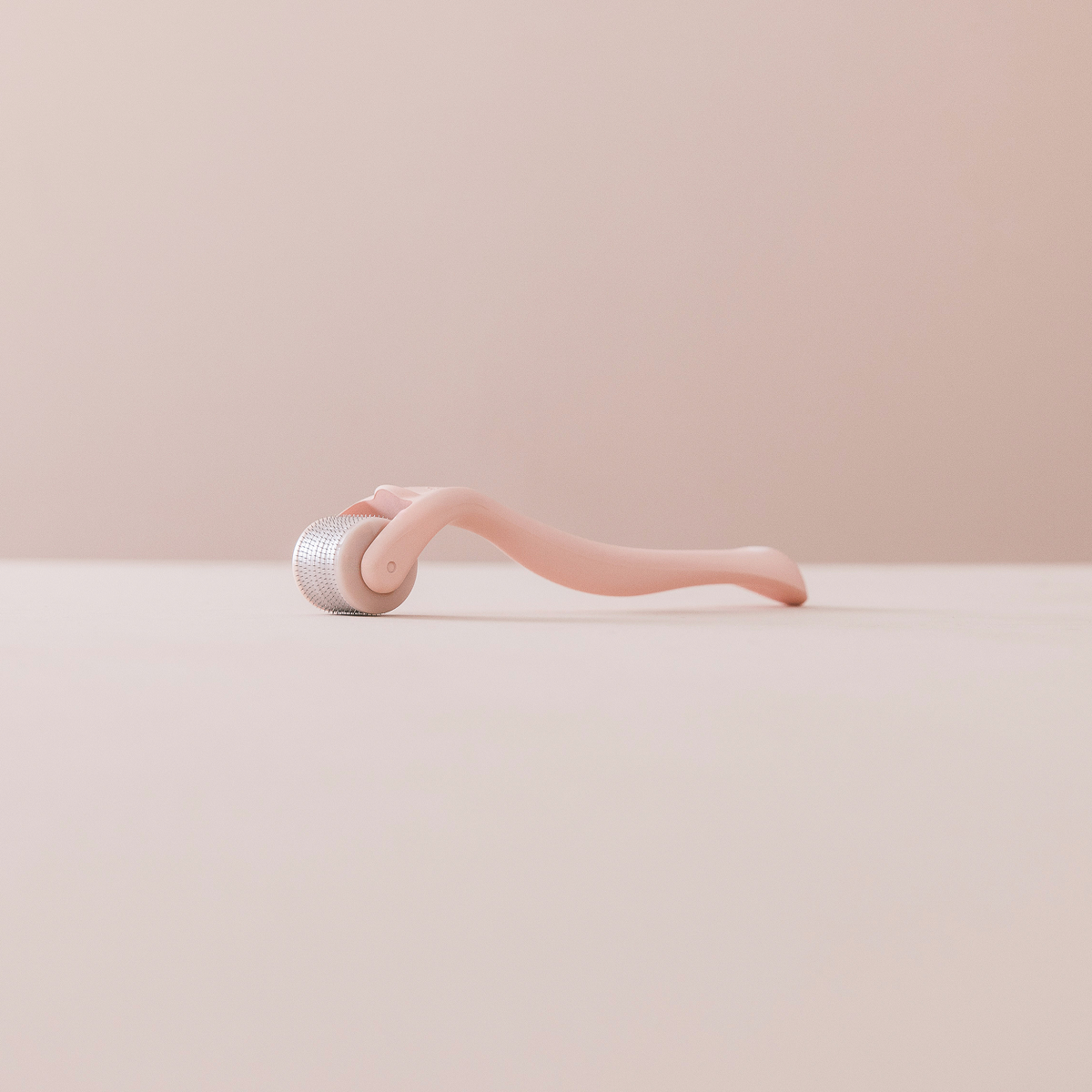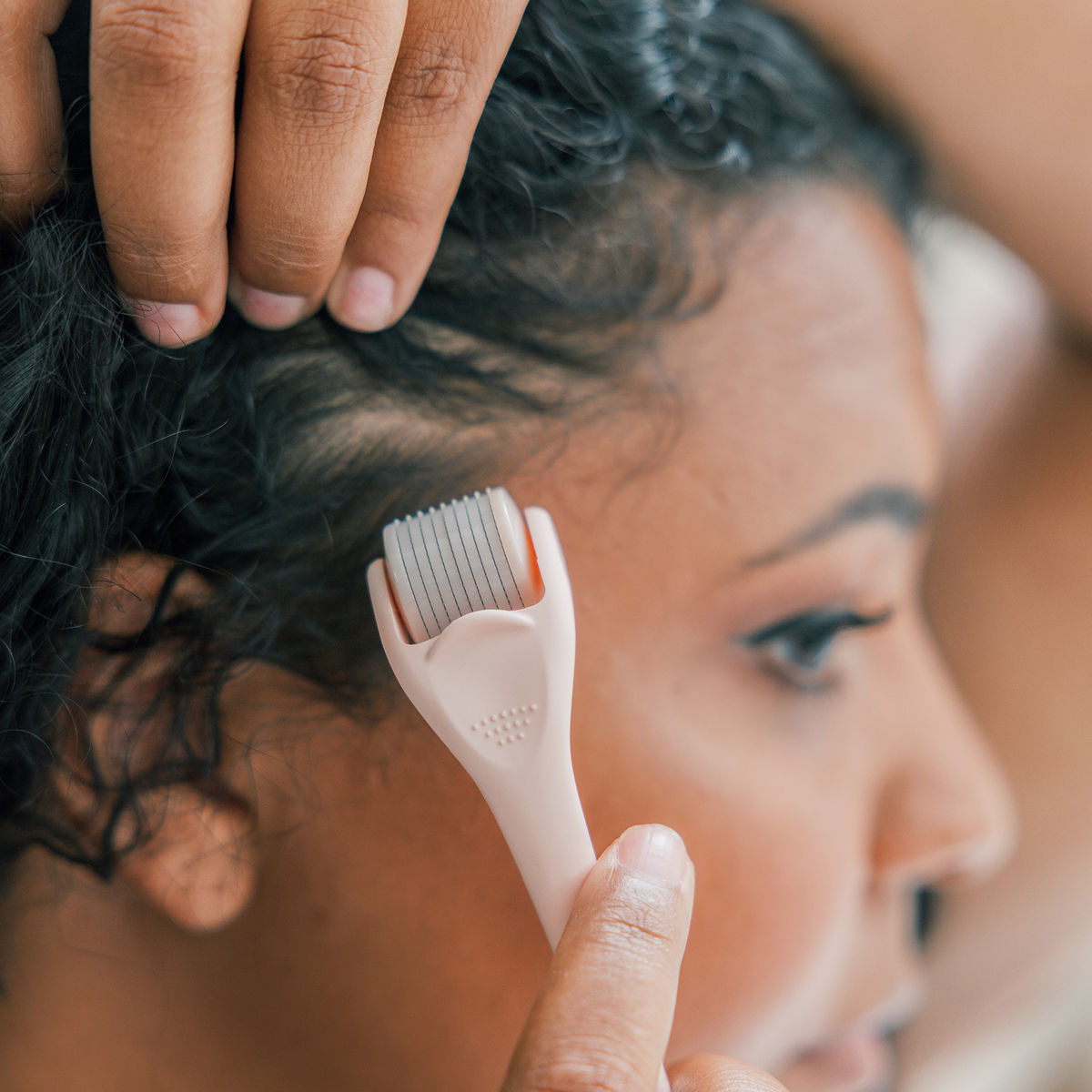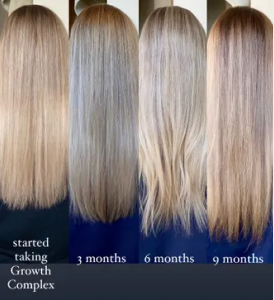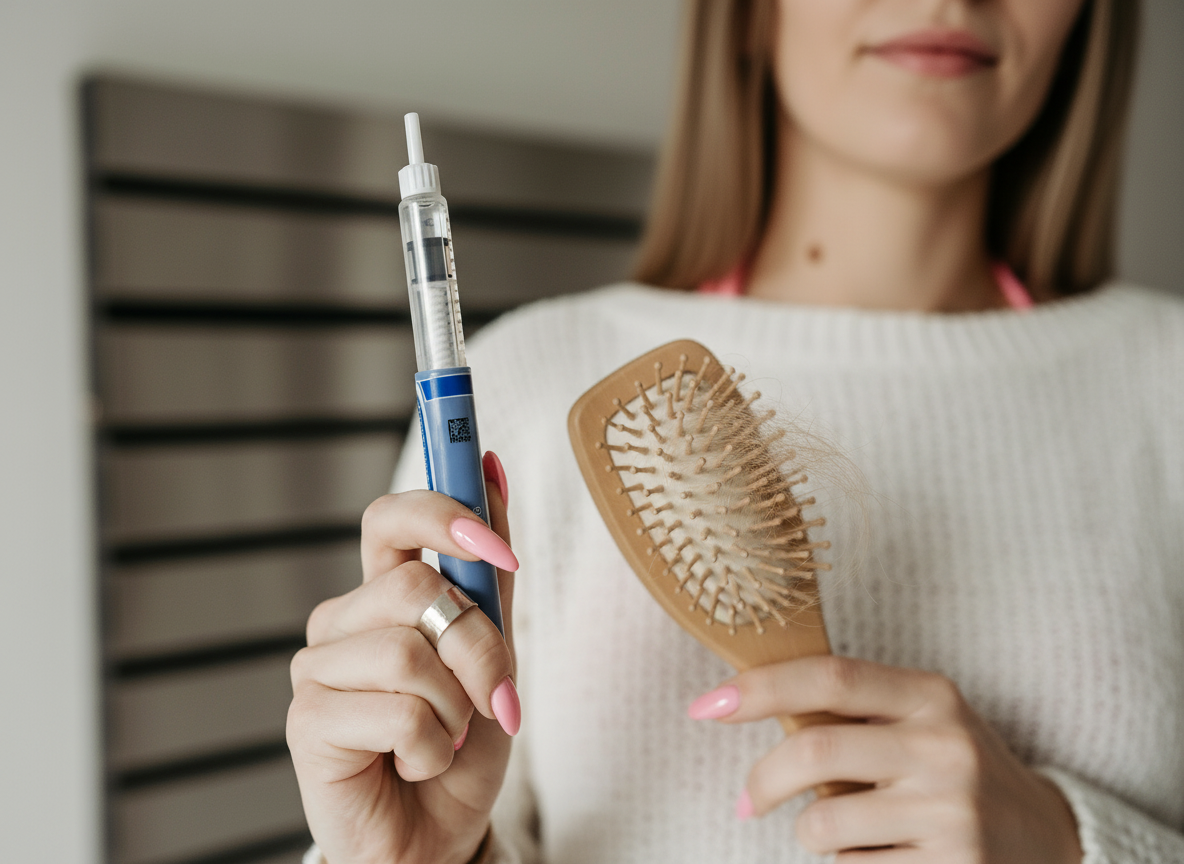Have you ever noticed that your hair behaves differently depending on the time of year? One season your curls are bouncy and hydrated, the next they're flat, frizzy, or shedding like never before. Just like your skin, your hair is sensitive to environmental changes—and understanding those seasonal shifts is the key to supporting healthier, stronger strands year-round.
Why Does Hair React to Seasonal Changes?
Your scalp and hair follicles are part of your body’s largest organ—your skin—and they respond to changes in temperature, humidity, UV exposure, and even your daily routines. These environmental factors can influence everything from how much your hair sheds to how well it retains moisture and shine.
How Hair Changes By Season
🌸 Spring: The Awakening
Spring is a season of renewal, and that goes for your hair, too. As temperatures rise and sun exposure increases, your hair’s growth cycle can shift into a more active phase. However, spring also brings increased pollen and allergens, which can irritate the scalp for some people.
- Common issues: Increased oil production, scalp irritation, post-winter dryness
- What to do: Clarify the scalp, exfoliate gently, and nourish roots with lightweight hydration
☀️ Summer: The Stress Test
Long days at the beach, dips in chlorinated pools, and extra sun exposure can leave hair dry, brittle, and more prone to breakage. High humidity can also cause frizz and volume loss depending on your hair type.
- Common issues: Dryness, UV damage, frizz, scalp sweat buildup
- What to do: Use UV protectants, rinse after swimming, opt for breathable updos, and deep condition weekly
🍂 Fall: The Shedding Season
Many women experience increased shedding in the fall—this is totally normal and often mirrors a seasonal version of your hair’s natural growth cycle. Cooler air also tends to be drier, which can cause your scalp and strands to lose hydration.
- Common issues: Increased shedding, dry scalp, loss of shine
- What to do: Focus on scalp massage, hydrating oils, and internal support like hair supplements
❄️ Winter: The Breakage Zone
Cold, dry air and indoor heating can create the perfect storm for brittle, static-filled strands. Hair can lose its natural elasticity, making it more prone to split ends and breakage. Wearing hats or scarves can also cause friction that damages the cuticle layer.
- Common issues: Breakage, static, dryness, flakiness
- What to do: Sleep on silk pillowcases, use leave-in conditioners, and layer protective oils over damp hair to lock in moisture
Seasonal Self-Care Rituals to Keep Hair Healthy
No matter the season, consistency is your best friend. Here are a few universal tips that help your hair stay strong and resilient no matter what the weather throws at it:
- Scalp Massage: Boosts blood flow to the follicles and promotes growth
- Balanced Diet: Nutrient-dense foods rich in iron, protein, and omega-3s support hair from the inside
- Gentle Styling: Minimize heat and avoid tight hairstyles that tug on your roots
- Hydration: Drink water and keep strands moisturized with conditioners and oils
When to Worry
Some seasonal shedding is normal—but if you notice excessive hair loss, patchy thinning, or scalp discomfort that doesn’t improve, it’s a good idea to speak to a dermatologist or trichologist. Underlying hormonal, nutritional, or autoimmune factors may be at play.
Conclusion: Work With the Seasons, Not Against Them
Instead of fighting your hair’s changing moods, work with them! By adjusting your routine to suit the season, you’ll be giving your hair exactly what it needs—when it needs it most. Remember, the healthiest hair isn’t perfect all the time. It’s cared for consistently, with intention and love.



























